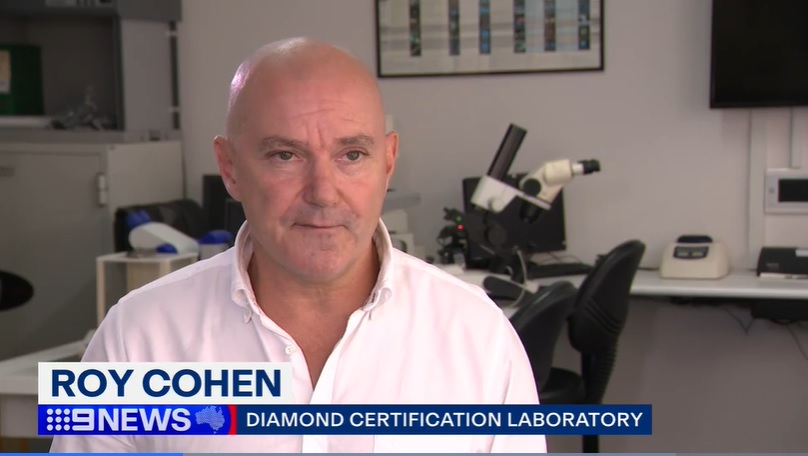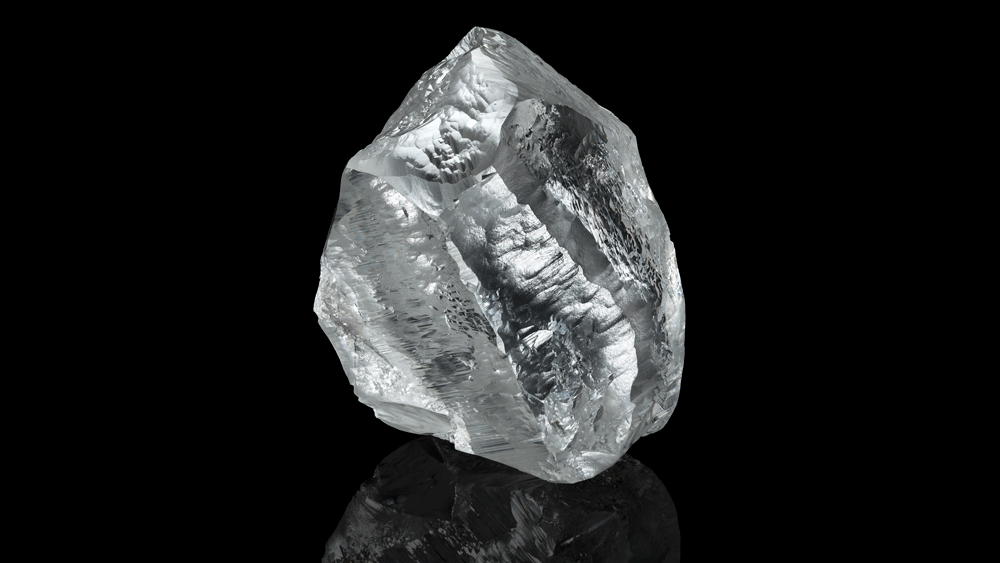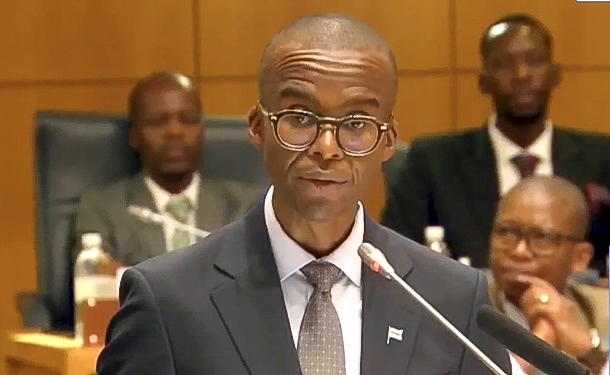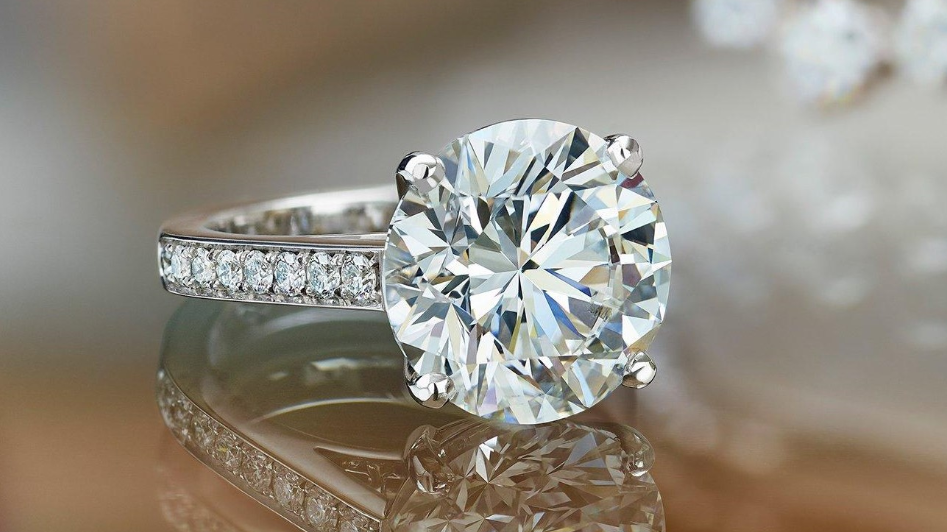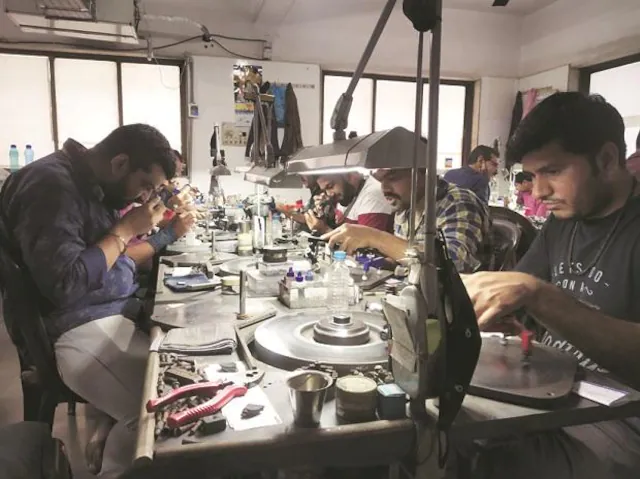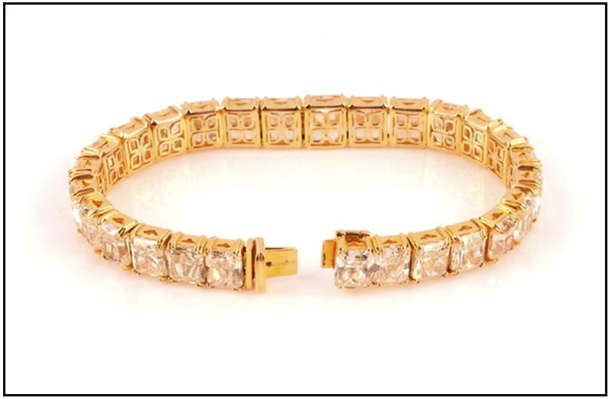
The average price of a natural diamond engagement ring in the US last year was $6,750.
And the average size of the stone was 1.07 carats, according to a new report by the New York-based Natural Diamond Council.
It provides a detailed analysis of the shift to larger, higher quality diamonds in its downloadable 20-page Natural Diamond Trends: A 2024 Overview.
Round brilliants remain by far the most popular shapes in diamond jewelry, at 81.7 per cent, but that figure is slipping slightly.
Among fancy shapes for all diamond jewelry, princess and cushion showed the biggest increases, albeit from a very low base (2.1 per cent and 1.0 per cent market share respectively).
The most common color for an engagement diamond was H and the most common clarity was SI1, with bridal representing 33 per cent of all natural diamond sales in the US.
The average price of wedding sets increased 31 per cent in 2024, the report said.
“The increase was mainly due to a rise in the average size of diamonds and a notable change in the type of metal used.”
The average price of natural diamond jewelry sold across all product categories grew 2.7% to $2,360 in 2024.
The report, the latest in a series uncovering the trends, origins and impacts of natural diamonds, was jointly produced with Tenoris.
Source: IDEX

